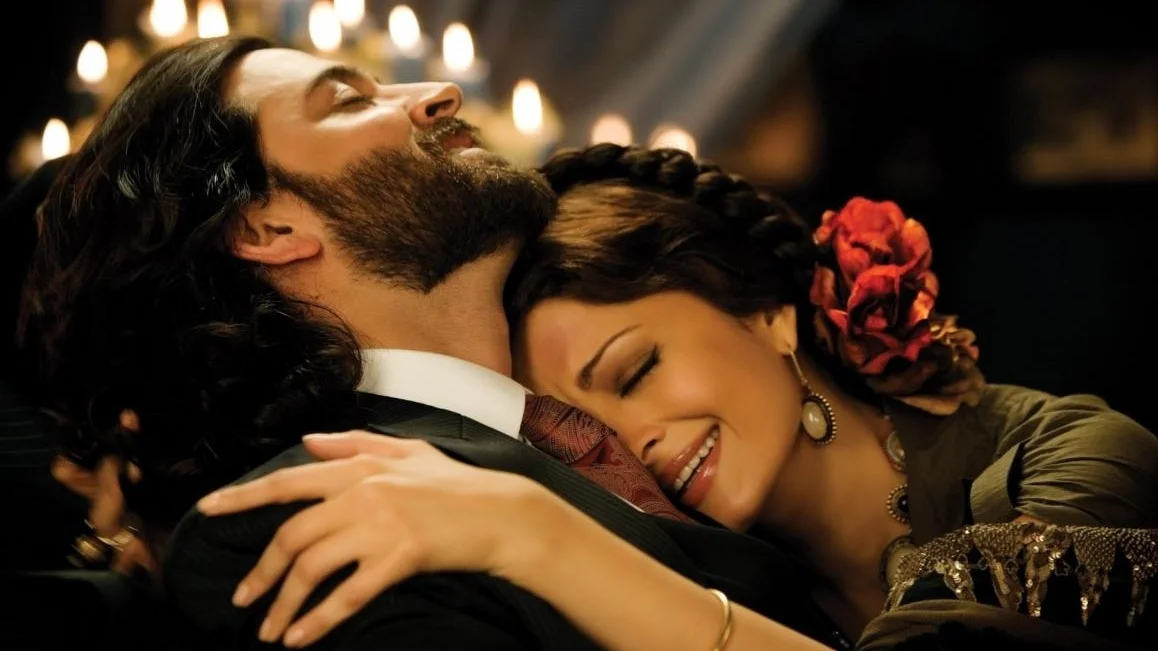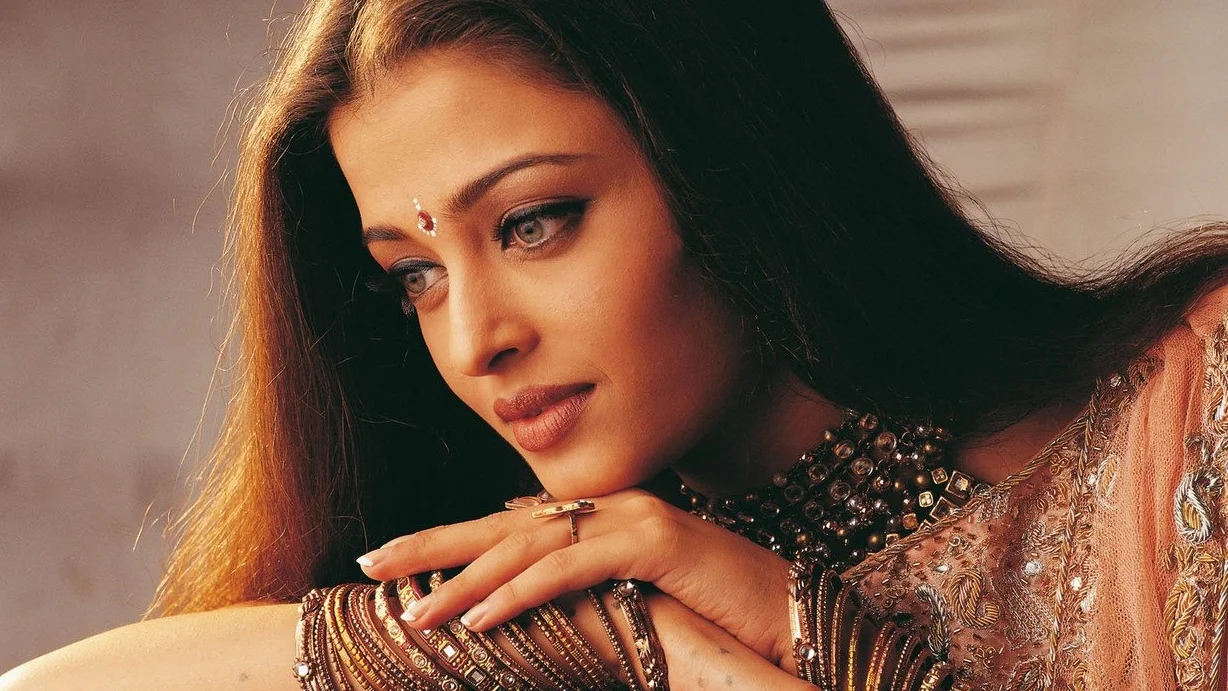The Films of Sanjay Leela Bhansali: Black (2005)
Indian auteur Sanjay Leela Bhansali has a new film coming out in December, the period drama Padmavati. Manish takes a look back at Bhansali’s career, spanning two decades and nine films.
Sanjay Leela Bhansali is not a small-scale director. While his films can be intimate, his visual palette is grand and colorful. After creating the larger than life melodrama Devdas, however, Bhansali decided to tone down his style and make a simple, authentic drama. He wanted his next movie Black to be different from the musical epics—no songs, no dances. Black is also Bhansali’s shortest film to date at only 125 minutes. He wanted to shine a light on sensory-impaired individuals, whom he calls, “God’s chosen ones.” Black is loosely based on the life of Helen Keller, as well as the 1962 film based on her autobiography, The Miracle Worker.
Michelle McNally (Ayesha Kapur) became deaf and blind as an infant from an illness. She’s a wild and almost feral child, whose parents Cathy (Shernaz Patel) and Paul McNally (Dhritiman Chaterji) cannot control her or even reach her. Cathy sends a letter to Debraj Sahai (Amitabh Bachchan, captivating and magnetic here) an alcoholic teacher for the deaf and blind. Despite his unconventional, somewhat harsh methods, he gets through to Michelle and helps her express herself. As an adult, Michelle (now played by Rani Mukherji, in a stunning performance), can fully communicate and is determined to get her college degree. Debraj, in his old age, starts to show signs of Alzheimer’s.
While Black is Bhansali’s most low-key film, it’s certainly not drab or dull to look at. The McNally house is a formidable structure with large rooms and high ceilings. The rooms have sparse furniture and decoration. The production design is all the more striking for its minimalism. Bhansali and his production designer Sabyasachi Mukherji have large paintings and statues in the house, most of which has Christian imagery. A scene at Debraj’s house shows his walls painted with lines from “Stopping by Woods on a Snowy Evening” by Robert Frost. “East Coker” by T.S. Eliot is also shown briefly, especially the phrase “dark, dark, dark.”
The prominence of poetry, paintings, and sculptures give Black a very spiritual, somewhat mystical aura. This is especially true in the first half. A scene where Debraj throws young Michelle into a fountain as punishment for her bad behavior echoes a baptism, as that leads to her first breakthrough in communicating. Bhansali gives us many shots of natural light flooding through windows into dark rooms. This symbolizes Debraj’s insistence that knowledge can bring light into Michelle’s “black” world. The color scheme features blacks, greys, and blues, so that when Bhansali uses red it is remarkable.
The second half of the film follows Michelle’s college education and thus is more plot-focused than the first half. Michelle enrolls in college, with Debraj as her guide. She continually fails her exams, being too slow with her Braille typewriter. Michelle finally increases her typing speed during a fight with Debraj, calling back to the fountain baptism. Bhansali loses track of Michelle’s family; her sister Sara (Nandana Sen) is forced into a clichéd, tiresome subplot. The film also drives dangerously close to inspiration porn, with scenes of Michelle performing sign language to an impressed audience. The best of these is Michelle’s college interview, where she displays her own intelligence, humor, and creativity. Posters for Charlie Chaplin’s The Gold Rush and The Kid are shown, highlighting Michelle’s silent but vivacious personality.
Debraj’s Alzheimer’s is meant to be an echo of Michelle’s deafness and blindness. He’s shown in an empty white room in a hospital, a mirror image of Michelle’s black world. He too struggles to communicate, and Michelle attempts to teach him the same way he taught her. It’s a nice idea, bringing their relationship full circle. Thankfully Bhansali doesn’t focus too much on the concept, which is almost too neat and tidy.
With Black, Bhansali received his most widespread acclaim. The film won a record 11 Filmfare Awards, including Best Film, Actress, Actor, and Director. Black also screened at the Cannes Film Festival, and was one of TIME’s Best Films of 2005. Taking place in the soothing, snowy northern town of Shimla, India, the film has a very calming effect. While it’s not my favorite Bhansali film, Black is unique and often spellbinding in its execution.
Surprisingly, Black is very hard to find for such a well-regarded film. It can be found streaming on YouTube with English subtitles.













